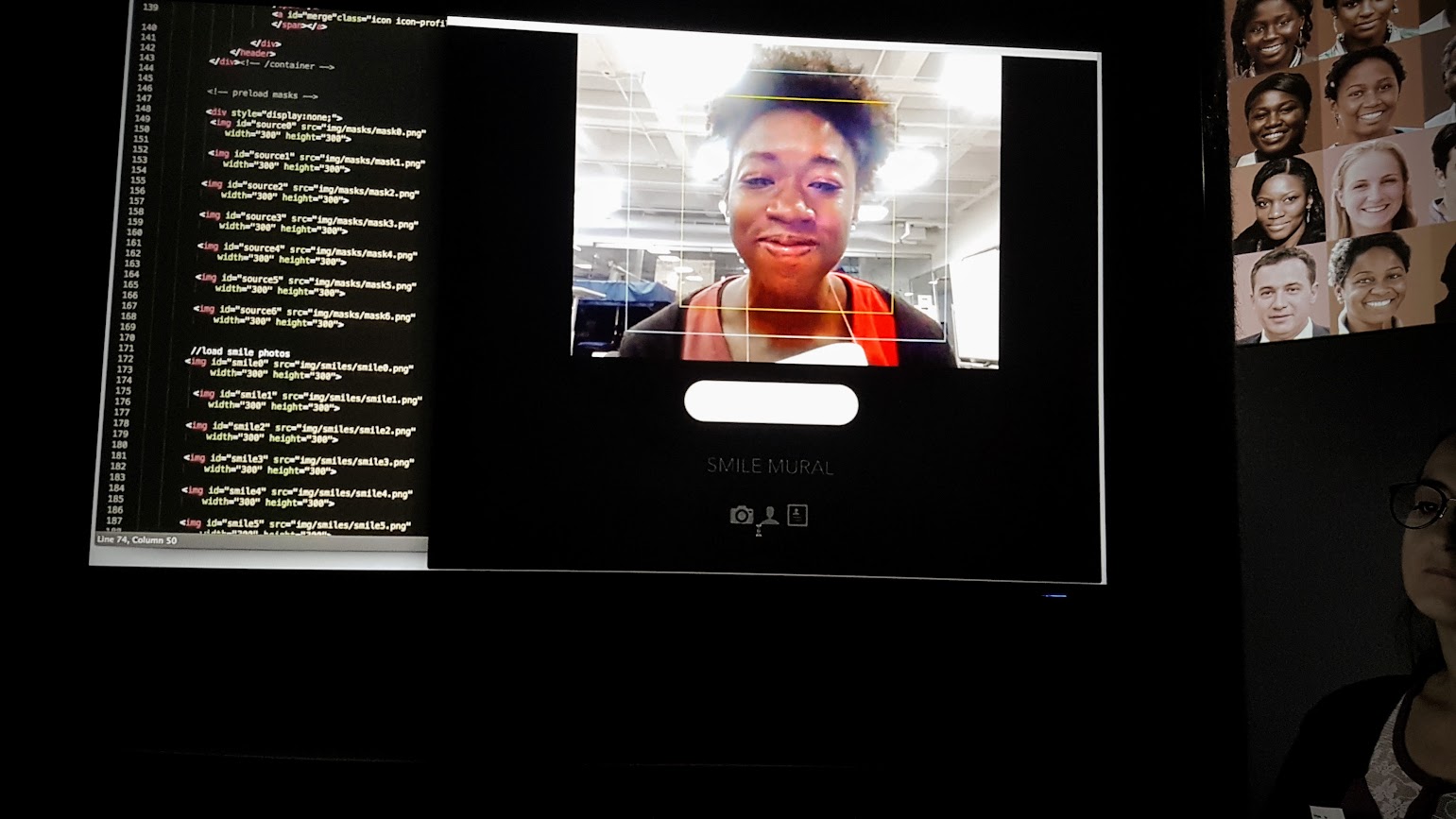Science
Google and UC Riverside Launch Universal Deepfake Detection Tool

A new collaboration between Google and researchers from the University of California – Riverside has led to the development of a groundbreaking tool designed to combat the rising threat of deepfake videos. The system, named the Universal Network for Identifying Tampered and synthEtic videos (UNITE), is capable of detecting manipulated videos even when facial features are not visible, marking a significant advancement in the fight against misinformation.
Deepfakes, which combine deep learning techniques with synthetic media, can create highly convincing videos, images, and audio clips. While they may be used for entertainment, their potential for misuse is alarming, as such content can deceive viewers by impersonating individuals or distorting reality. As the technology to generate these fakes becomes increasingly accessible, the need for effective detection methods grows more urgent.
Advancements in Detection Technology
Traditional deepfake detection methods often falter when no faces are present in the frame. This limitation highlights a critical gap in the fight against digital misinformation, as disinformation can manifest through various means, including altered backgrounds and misleading audio. UNITE addresses these challenges by analyzing entire video frames, incorporating backgrounds and motion patterns into its detection algorithms.
The system employs a transformer-based deep learning model, which identifies subtle spatial and temporal inconsistencies that earlier detection systems might overlook. By utilizing a foundational AI framework known as Sigmoid Loss for Language Image Pre-Training (SigLIP), UNITE can extract features that are not tied to specific individuals or objects. This approach is enhanced by a novel training method called “attention-diversity loss,” which enables the system to assess multiple visual regions within each frame, rather than concentrating solely on facial data.
The collaboration with Google has provided researchers with access to extensive datasets and significant computing resources. This support has allowed for comprehensive training of the model on a wide array of synthetic content, including videos created from both text and still images—formats that often pose challenges for existing detection systems.
The Importance of UNITE in Today’s Landscape
The emergence of UNITE is particularly significant as platforms for generating text-to-video and image-to-video content become increasingly prevalent online. These AI-driven tools enable individuals to create highly realistic videos, which can potentially threaten personal privacy, institutional integrity, and democratic processes, depending on the context in which they are used.
The researchers presented their findings at the 2025 Conference on Computer Vision and Pattern Recognition (CVPR) held in Nashville, U.S.. Their paper, titled “Towards a Universal Synthetic Video Detector: From Face or Background Manipulations to Fully AI-Generated Content,” outlines the architecture and training methodology of UNITE.
As the implications of deepfake technology continue to broaden, tools like UNITE may become essential for newsrooms and social media platforms striving to maintain the integrity of information shared with the public. In a landscape where misinformation can easily spread, the development of sophisticated detection systems represents a vital step toward safeguarding the truth.
-

 Science3 months ago
Science3 months agoToyoake City Proposes Daily Two-Hour Smartphone Use Limit
-

 Top Stories3 months ago
Top Stories3 months agoPedestrian Fatally Injured in Esquimalt Collision on August 14
-

 Health3 months ago
Health3 months agoB.C. Review Reveals Urgent Need for Rare-Disease Drug Reforms
-

 Technology3 months ago
Technology3 months agoDark Adventure Game “Bye Sweet Carole” Set for October Release
-

 World3 months ago
World3 months agoJimmy Lai’s Defense Challenges Charges Under National Security Law
-

 Lifestyle3 months ago
Lifestyle3 months agoVictoria’s Pop-Up Shop Shines Light on B.C.’s Wolf Cull
-

 Technology3 months ago
Technology3 months agoKonami Revives Iconic Metal Gear Solid Delta Ahead of Release
-

 Technology3 months ago
Technology3 months agoApple Expands Self-Service Repair Program to Canada
-

 Technology3 months ago
Technology3 months agoSnapmaker U1 Color 3D Printer Redefines Speed and Sustainability
-

 Technology3 months ago
Technology3 months agoAION Folding Knife: Redefining EDC Design with Premium Materials
-

 Business3 months ago
Business3 months agoGordon Murray Automotive Unveils S1 LM and Le Mans GTR at Monterey
-

 Technology3 months ago
Technology3 months agoSolve Today’s Wordle Challenge: Hints and Answer for August 19









